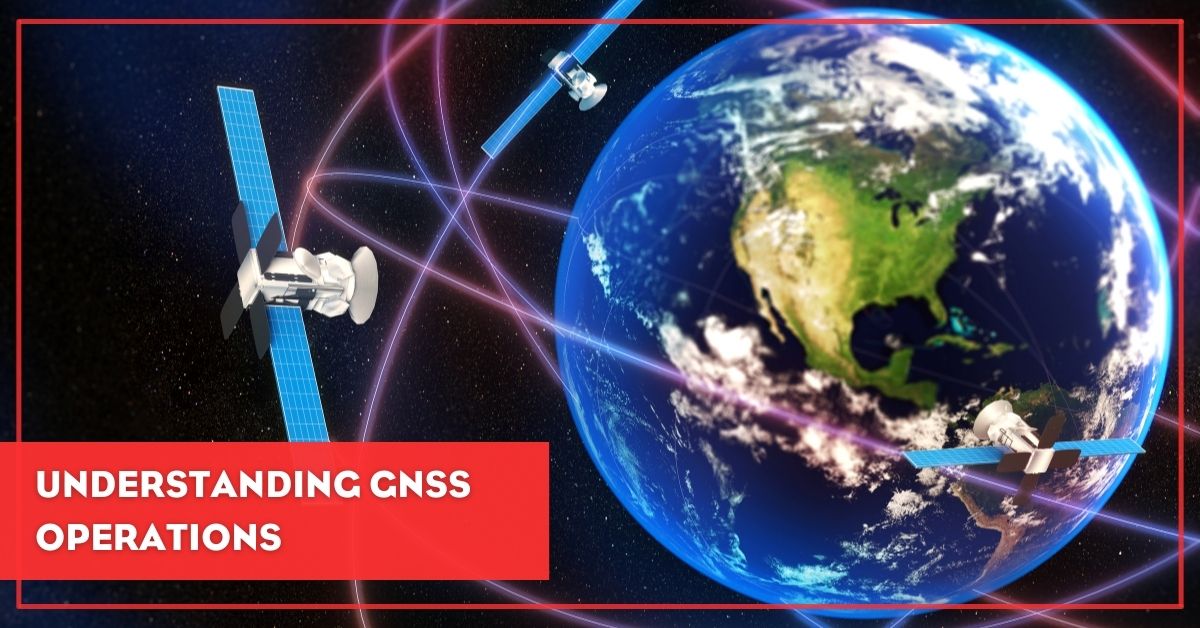Understanding GNSS Operations: Almanac, Ephemeris, and Receiver Start Modes
Posted by Andrii Balan M. Sc. (Surveying); Philip Hanrahan B.E., B. A., M.I.E.I. on 22nd May 2023
Global Navigation Satellite Systems (GNSS) provide precise positioning and timing services across the globe. Central to their functioning are two key datasets: the almanac and the ephemeris. These provide crucial information about the orbits and status of the GNSS satellites. This article will delve into the roles of the almanac and ephemeris in GNSS operations along with an understanding of different GNSS receiver start modes: "cold", "warm", and "hot". These concepts are essential for professionals working with GNSS technology and for anyone interested in its principles.
GNSS Almanac and Ephemeris
To understand the start modes of a GNSS receiver we first need to comprehend the roles of the almanac and ephemeris.
- Almanac: This is a set of general data about the orbits of all GNSS navigation satellites. It offers a broad overview of where each satellite should be at any given time.
- Ephemeris: These are precise data sets specifying the orbit parameters for a specific satellite at a specific time. Ephemerides are necessary for the accurate positioning calculations done by GNSS receivers.
When a GNSS receiver is switched on it starts establishing connections with the navigation satellites. The first connected satellite transmits the almanac which gives the receiver a general idea of where all the satellites are located.
To determine precise coordinates, however, the receiver needs to connect with at least four satellites. Each of these satellites transmit their ephemeris to the receiver allowing it to perform precise positioning calculations.
GNSS Receiver Start Modes
The time it takes for a GNSS receiver to provide accurate positioning data after being turned on can vary based on the available data in its memory. This leads us to three distinct start modes: cold, warm, and hot.
- Cold Start: This occurs when the receiver lacks or has outdated almanac and ephemeris data. The receiver must obtain the almanac from the first satellite it connects with followed by the ephemeris data from at least four satellites. The time taken to gather this data and calculate coordinates is why this start is referred to as "cold" - the receiver needs time to "warm up" and prepare for work.
- Warm Start: In this case, the receiver has an up-to-date almanac but lacks current ephemeris data. It must connect with satellites to acquire this data before it can calculate precise coordinates.
- Hot Start: This happens when the receiver has both up-to-date almanac and ephemeris data in its memory. It can quickly establish connections with satellites and calculate coordinates without delay.
Almanac data is typically valid for up to 90 days while ephemeris data is valid for about 30 minutes due to its precise nature. Therefore a "hot" start can only occur if the receiver was powered off for a short time.
Conclusion
Understanding the roles of the almanac and ephemeris along with the different start modes is crucial for effectively working with GNSS receivers. This knowledge enables us to comprehend the operational dynamics of these devices and helps predict the time taken for accurate positioning. As we continue to rely on GNSS for various applications such understanding becomes increasingly valuable.

